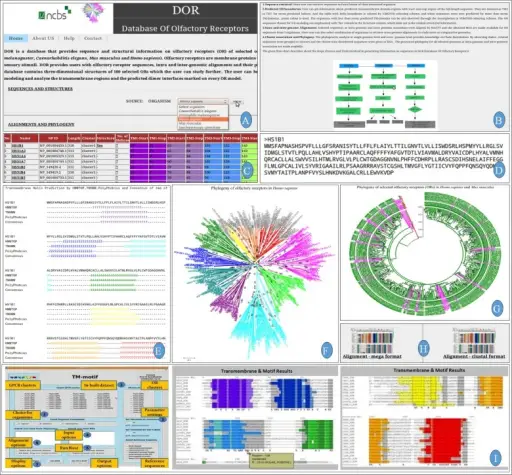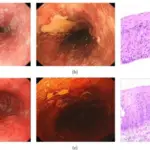A sequence is one or more secondary morphologic anomalies known or presumed to cascade from a single malformation, disruption, dysplasia, or deformation. The classic example of a sequence is Potter’s syndrome aka oligohydramnios sequence.
What is a Sequence?

Pictorial representation of available features in DOR for sequence analysis. Notes: (A) Feature “Sequences and Structures” for the retrieval of OR sequences in FASTA format and their linked information. (B) The DOR-help page. (C) The display of predicted seven TM-helices with respective boundaries in VIBGYOR coloring scheme. The table also includes link to 3D models of selected few OR sequences. (D) Sequence retrieval in FASTA format. (E) The webpage displaying details about consensus TM-helix prediction. (F) Display of generated phylogenetic tree for the uni-genome OR sequences. (G) Display of cross-genome phylogeny. (H) The available alignments for uni- and cross-genome displays in ClustalW format (.aln) and in MEGA format (.mas). (I) TM-MOTIF display of the OR sub-clusters in VIBGYOR coloring scheme and identified motifs. DOR - a Database of Olfactory Receptors - Integrated Repository for Sequence and Secondary Structural Information of Olfactory Receptors in Selected Eukaryotic Genomes. Nagarathnam B, Karpe SD, Harini K, Sankar K, Iftekhar M, Rajesh D, Giji S, Archunan G, Balakrishnan V, Gromiha MM, Nemoto W, Fukui K, Sowdhamini R - Bioinformatics and biology insights (2014). Not Altered. CC.


